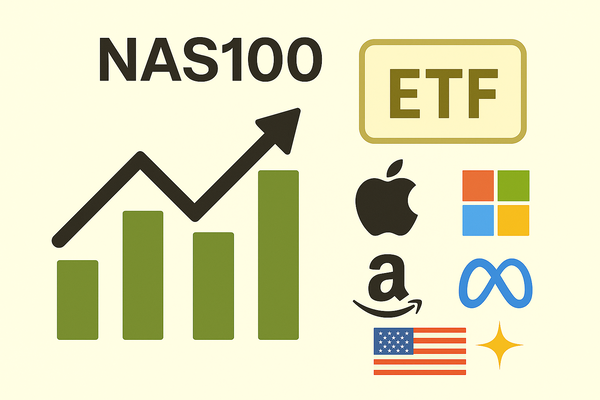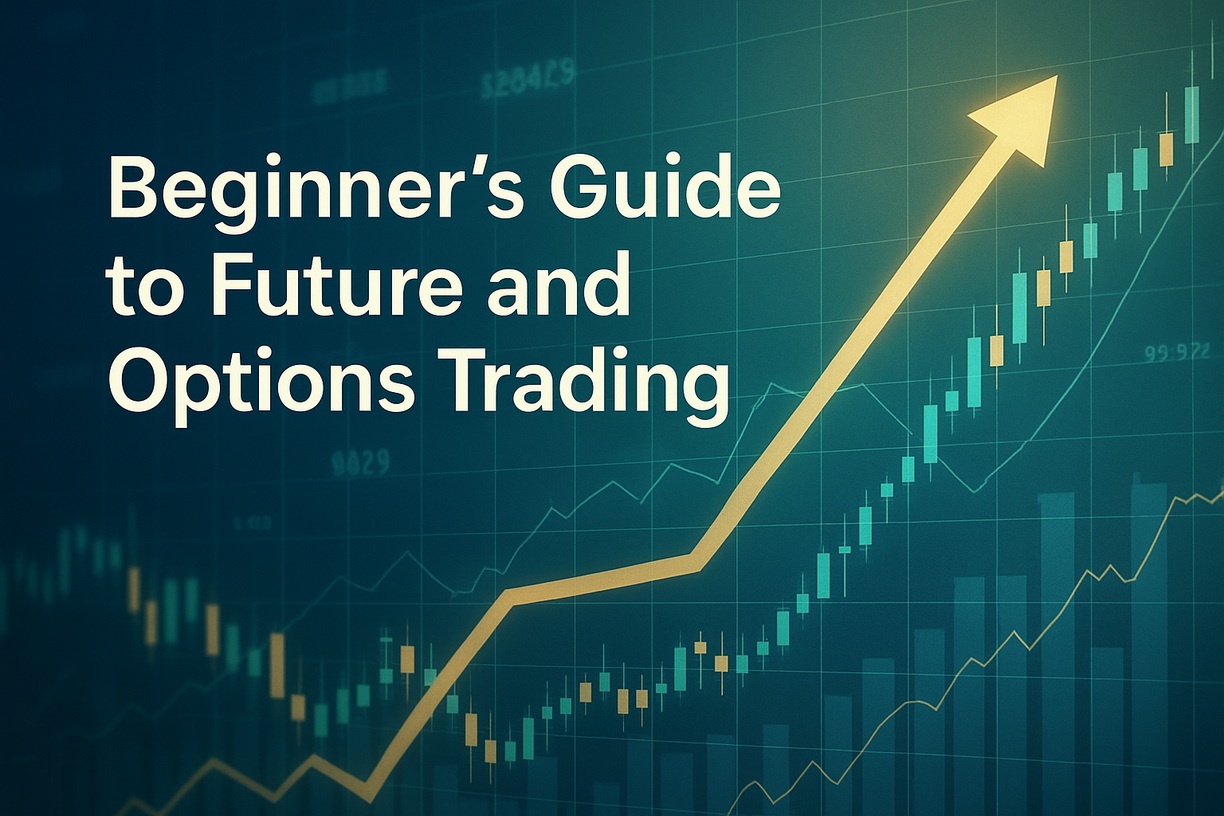As is well known, the financial derivatives market is full of ups and downs,
and we always need to face unknown market conditions. This requires us to have a
strong sense of self-protection in all aspects in order to achieve maximum risk
resistance.
This article will use examples to analyze how to properly handle volatile
market conditions in the financial derivatives industry in order to protect
oneself and control risks.
Firstly, ordinary investors need to consider whether their account positions
can withstand such drastic fluctuations in the face of market fluctuations and
significant increases in volatility compared to usual.
Taking the 15-minute K line between the pound and the dollar as an example
Under normal fluctuations, there is a large positive line with a long/short
point range of approximately 20–30 points. If the market suddenly intensifies,
the fluctuation of a 15-minute K-line may reach around 60–80 points. In this
case, ordinary investors may make directional errors during trading, which may
result in losses of 3–4 times those of normal periods.
At this point, investors are thinking more about relying on personal luck and
direction, believing that they can achieve more profits, and instead forgetting
the position control and management that they attach great importance to during
normal times.
So it is important to remind ordinary investors that when encountering
volatile market conditions, they need to reduce their trading hands, control
position risks, and pay attention to the availability of margin.
Secondly, ordinary investors need to pay attention to the adjustment of
leverage by each trader before significant fluctuations in the market in order
to avoid unnecessary impact on their own positions.
Investors should focus on the following risk events and evaluate their own
position situation when laying out mid- to long-term transactions.
As an important link in the financial derivatives market, platform merchants
also play a crucial balancing role in fierce market conditions. Platform
providers need to maintain the relative stability of spreads throughout the
highly volatile market, provide more accurate quotes, and protect themselves
from unnecessary losses.
Therefore, platform developers will need to do more and more detailed work,
and currently, the market generally adopts the method of reducing leverage to
reduce the potential losses caused by the risk market.
Therefore, before the expected major market, banks choose to reduce leverage
to avoid risks, and platform providers will adjust the leverage ratio provided
to customers accordingly, ultimately feeding back this process to customers'
trading accounts.
To protect your investment and achieve profitability, here are some
strategies and methods.
1. Adjusting the investment portfolio.
During market turbulence, investors should reassess the risk distribution of
their investment portfolios. We should increase asset classes with higher
stability, such as bonds and gold, to reduce the volatility of investment
portfolios. At the same time, investments in high-risk assets such as stocks and
futures should be reduced.
2. Establish stop-loss positions.
Setting a stop-loss position is very important during market turbulence.
Stop-loss positions refer to actively closing positions to limit further losses
when an investment reaches a certain level of loss. Setting a stop-loss position
helps protect investors' capital and avoid excessive losses.
3. Control emotions.
Market turbulence can lead to investor sentiment
fluctuations, and impulsive trading decisions may bring greater risks.
Therefore, investors should remain calm and rational, unaffected by market
sentiment. Develop investment plans and adhere to their execution to avoid
blindly following the market.
4. Diversified investment
Diversified investment is an effective way to reduce risks. During turbulent
times, investors can reduce risk by diversifying into multiple asset classes,
industries, and regions. In this way, even if one investment performs poorly,
other investments may still bring returns.
5. Maintain learning and adaptation.
Changes in the market environment are inevitable, and investors should
continue to learn and adapt to new market trends and opportunities.
Understanding the impact of industry dynamics, economic indicators, and policy
changes on investment decisions can help make smarter investment choices.
6. Seeking professional help.
For investors who are not familiar with the
market, seeking professional help is a wise choice. Financial advisors or
investment managers can provide professional advice to help investors better
manage risks and achieve profitability.
By taking these measures, investors will be able to better respond to market
changes, reduce risks, and achieve profitability.
Disclaimer: Investment involves risk. The content of this article is not an investment advice and does not constitute any offer or solicitation to offer or recommendation of any investment product.


























